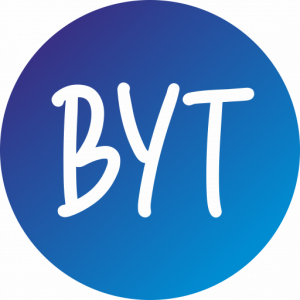Tesla, known for its groundbreaking electric vehicles (EVs), has been making waves not just with its cars, but also with its Supercharger network—a network of charging stations that is proving to be more than just a convenience for Tesla owners. In fact, this network is emerging as a financial powerhouse in its own right, projected to generate billions in revenue for the company. What was once thought to be a non-profitable endeavor is now becoming a significant source of income for Tesla.
Setting the Industry Standard
A few years back, Tesla stated that its Supercharger stations would never be a profit center. However, recent developments indicate otherwise. The Supercharger network is gaining momentum and recognition, setting an industry standard for EV charging.
Dan Ives, an analyst at Wedbush Securities, predicts that this network could contribute up to six percent of Tesla’s total revenues by the year 2030. This isn’t just a drop in the bucket; it’s a substantial revenue stream that could amount to around $20 billion.
The Power of Partnerships
One major factor contributing to this financial potential is the North American Charging Standard (NACS) agreement that Tesla has entered into with several other automakers, including big names like Ford, General Motors, and Mercedes-Benz.
This collaboration not only brings in revenue but also solidifies Tesla’s role as an industry leader in EV charging solutions. While other manufacturers benefit from being part of NACS without paying licensing fees, Tesla has found its own way to monetize the network by charging customers for using Supercharger stations.
Strategic Moves
Tesla’s approach to its Supercharger network reveals a carefully crafted strategy. Even as other EV manufacturers join the NACS initiative, Tesla is making sure it not only remains ahead in the game but also maximizes its revenue potential. Remember the days when Model S and Model X owners could charge their cars for free? Though that’s no longer the case, Tesla has been using clever incentives to maintain the appeal of its Supercharger network. For instance, as of June 2023, new Model 3 customers were offered three months of free unlimited supercharging. This strategy not only attracts new buyers but also keeps the Supercharger network bustling.
A Calculated Chess Game
While Elon Musk, Tesla’s visionary CEO, might hint at price cuts for Tesla vehicles, the Supercharger network seems to be following a different playbook. Licensing agreements, occasional freebies, and consistent usage charges are all part of a calculated chess game.
Each move is aimed at not only making the Supercharger network an attractive asset but also paving the way for it to become a significant contributor to Tesla’s bottom line. As the automotive industry shifts toward electric mobility, Tesla’s Supercharger network isn’t just powering up EVs—it’s powering up Tesla’s financial future.











































































































































